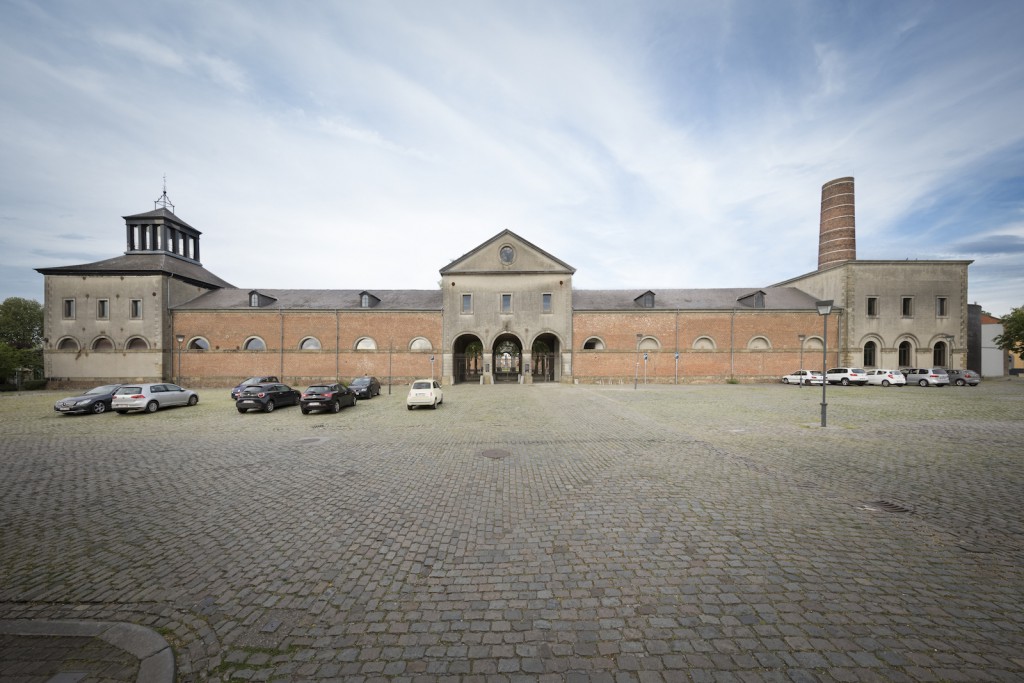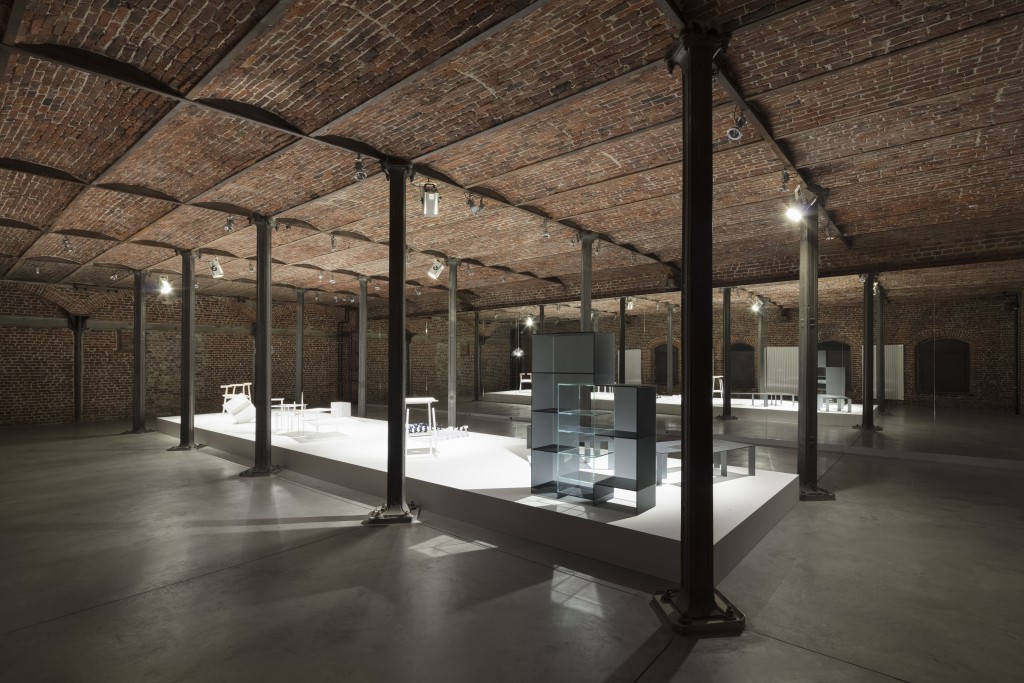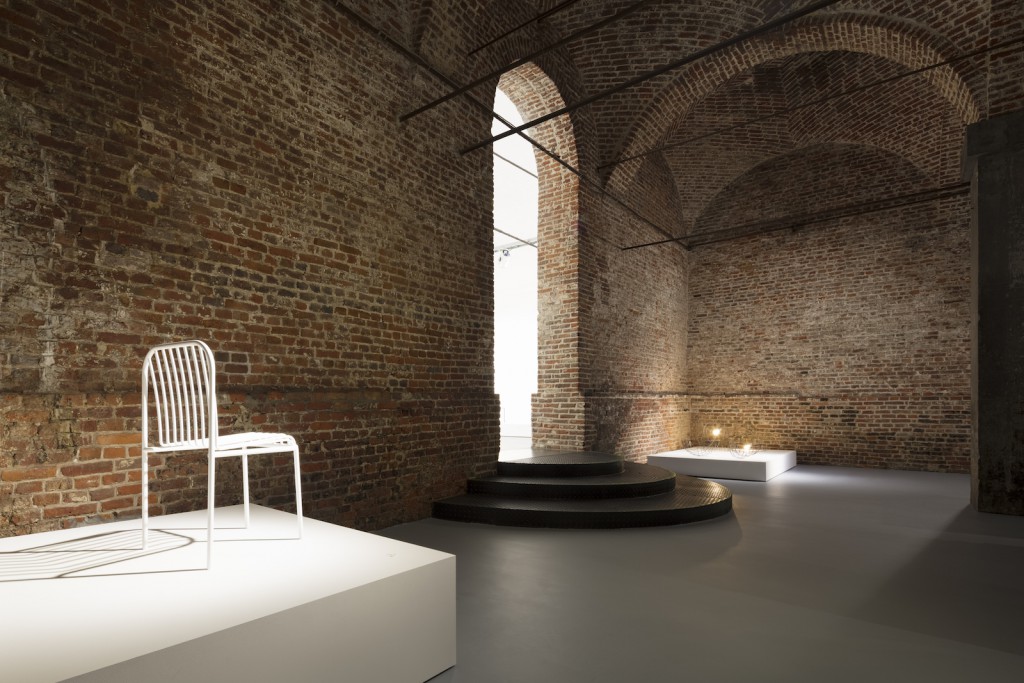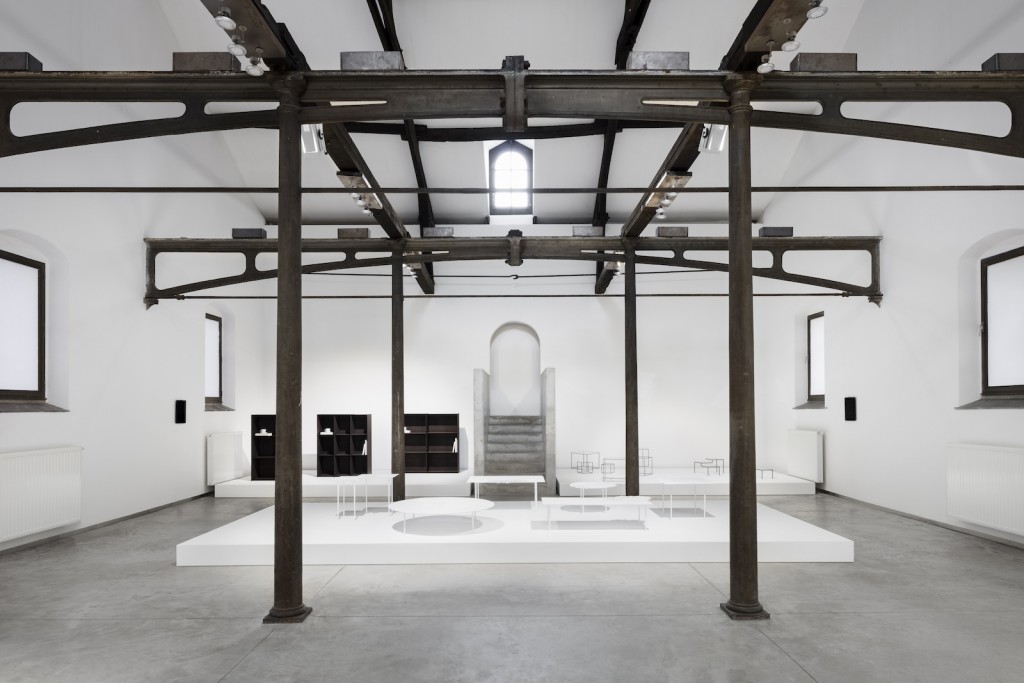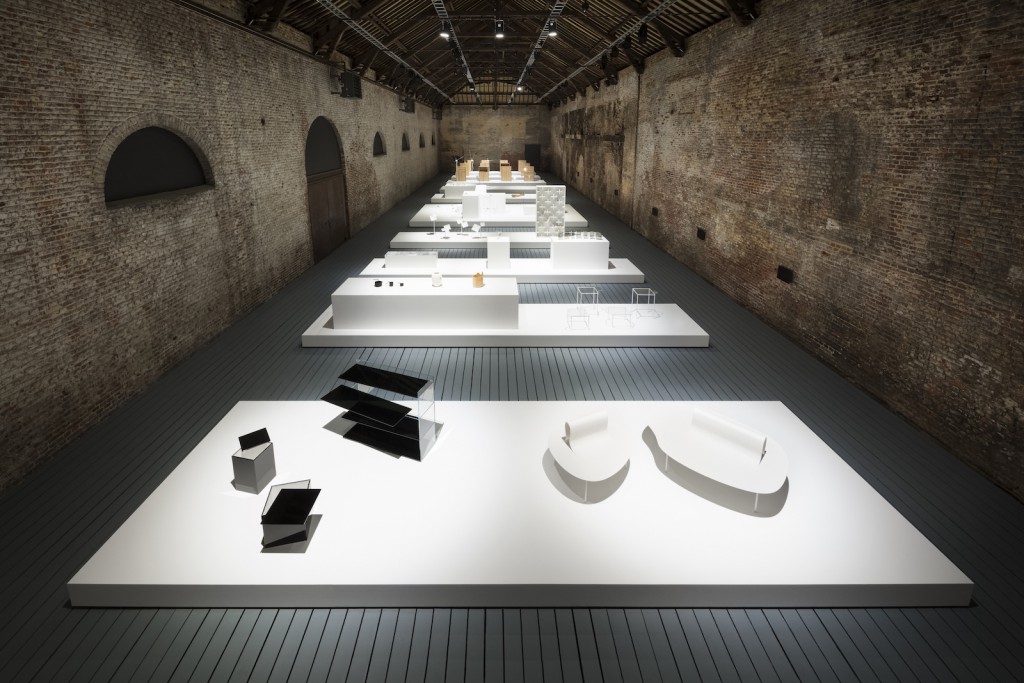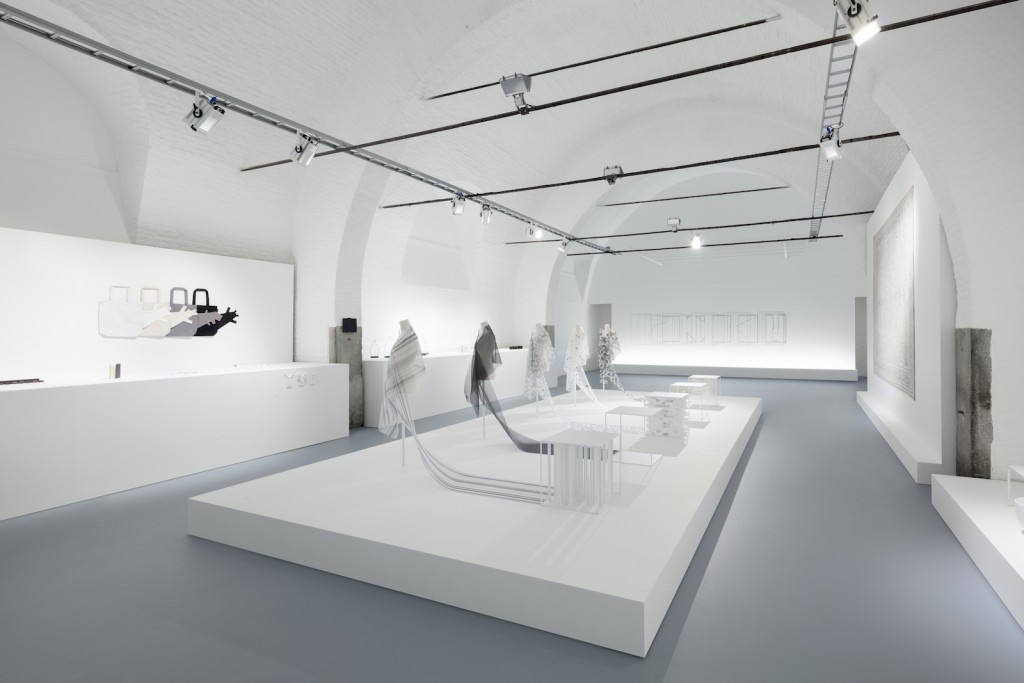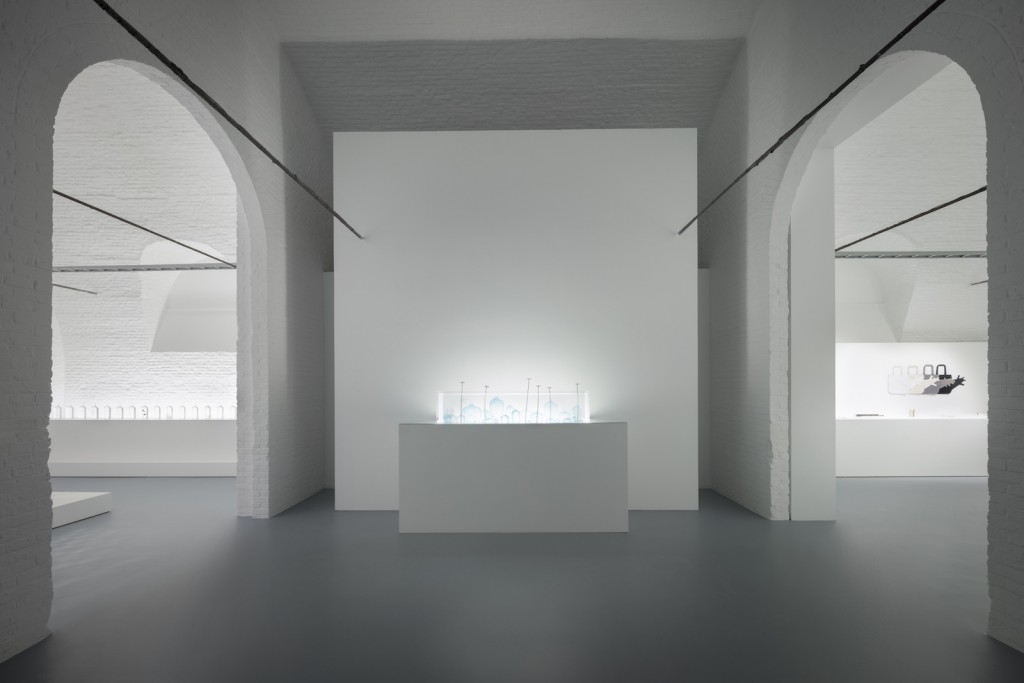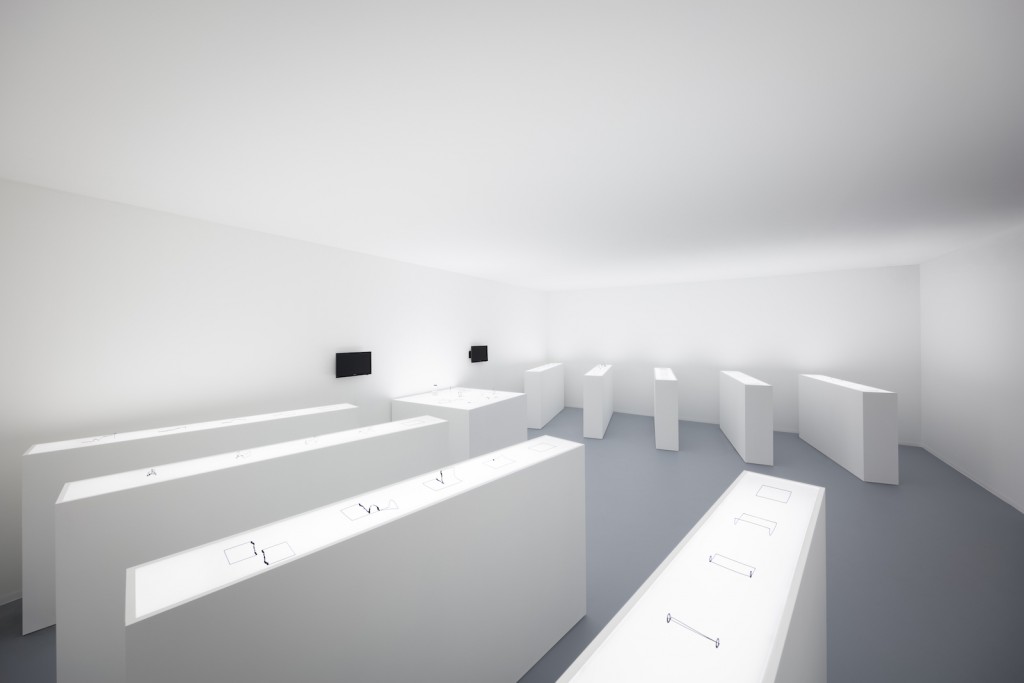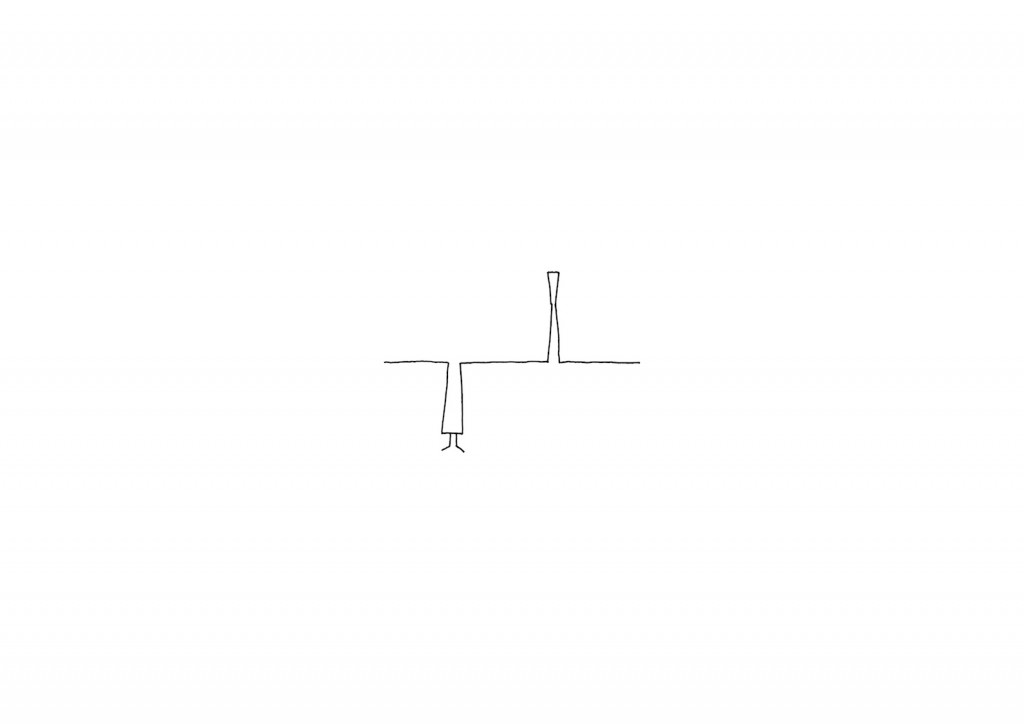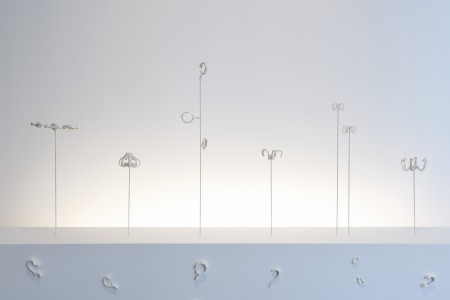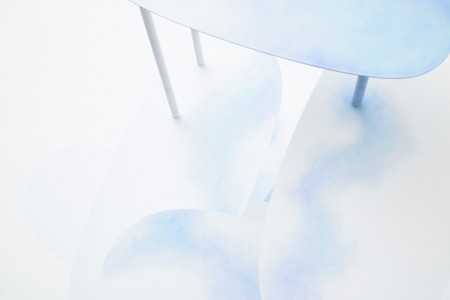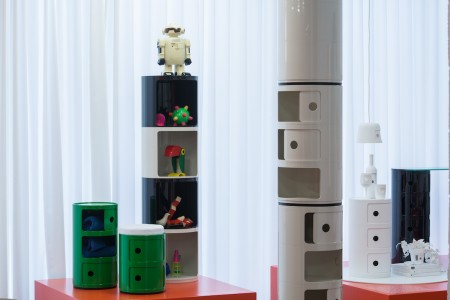Oki Sato: Nendo’s Invisible Outlines
The Japanese designer discusses the inspiration and concepts behind Nendo’s current retrospective at the CID-Grand-Hornu
“We tend to perceive the existence and positioning of objects by subconsciously following ‘outlines,’ and by distinguishing the ‘inside and outside’ of these contours… The existence of items are blurred by manipulating outlines in various ways… by making invisible outlines visible,” states Japanese designer Oki Sato.
One of the most acclaimed international designers leading the Tokyo-Milan brand Nendo, Sato has already been connected to Belgium for a long time: his favourite artwork is La Tricherie des Images (Treachery of Images), painted in 1928-29 by the Surrealist artist René Magritte.
Welcome to the CID in Grand-Hornu, where Nendo runs Invisible Outlines, its first major retrospective until the first of October. TLmag had the chance to interview Sato before the opening —and we’ve invited him at the same occasion to be a guest editor of our next issue on contemporary Asian aesthetics, coming out this November.
TLmag: How did you decide upon the CID-Grand-Hornu as a main location for your retrospective?
Oki Sato : Actually, we visited the CID when my friend Jasper Morrison was having his exhibition there. We were offered a solo exhibition in this fantastic Grand-Hornu location, a UNESCO World Heritage site, by director Marie Pok.
TLmag: As defined by Jasper Morrison and his Japanese friend Naoto Fukasawa, do you feel like you belong to the Supernormal generation of designers?
O.S.: I am not sure how people define me as a designer. I do not feel any sense of belonging to any particular groups or generations.
TLmag: What is the concept behind your ‘Invisible Outlines’ exhibition, which defines objects based on their metamorphosis and contours?
O.S. : The theme is about boundaries, borders, the edges of things. It’s about showing new ways of seeing things and sharing them: to subtract, connect, touch, hide, move, twist, layer, wrap, transform…
TLmag: In 15 years of practice, what has been your red thread when designing objects and furniture that bring some kind of magic to our daily lives?
O.S.: I always try to give people a surprising (!) time. There are so many small unique and hidden moments in our everyday life. I reveal them by seeing things from other angles.
TLmag: What have been your sources of inspiration and main findings over the years? They seem to be both material and immaterial —by the way, I really like your Ghost Shadows and Ghost Stories!
O.S.: I always start from very small emotions, small ideas and let them grow into an object. My design process has always remained the same. In the book I released a few years ago with Gestalten, Nendo 10/10, I tried to sum up 10 of my quests. Outlines was already there in the first position, followed by error, process, multiply, link, conceal, skin and affect, balance, magnify, and fold.
TLmag : Are you reading books, writing down your ideas, conceptualising and applying an intellectual approach to your designs?
O.S.: I pick up a pen naturally and write down a sketch when an idea comes up.
TLmag: You play a lot with optical and reflective effects in a very minimal way that actually has a deep impact on our perception. Is it an expression of your Japanese mindset?
O.S.: It may be so, if you say so. But I don’t try to express myself as a Japanese person —this is something I do unconsciously and not on purpose.
TLmag: You’ve been experimenting with, among other thing, the traces of movement with the Trace Collection, on paper with Un-printed Material, the heights and peaks of the mountains with 80 Sheets of Mountains, 3D objects translated into textile (Objectextiles) with Jil Sander, with glass and water with the Jellyfish Vase, with glass with Soft, Overflow, Deep Sea and many more. What brings you to explore this immaterial facets of our material world?
O.S.: Yes, I do enjoy exploring the possibilities and magic behind materials. This is a never-ending story and narrative.
TLmag: Could you highlight your preferred creations that translate this principle of outlining the invisible to make it visible?
O.S.: To see things from other aspects, I am always acting the same way. It’s therefore impossible for me to rank them or to put a preference on one of my creations that emerge naturally from the design process.
TLmag: What is your relationship to art and design galleries such as Carpenters Workshop and Friedman Benda? Are you evolving into that direction of unique pieces or limited editions, or are you willing to keep a more democratic way of designing for all?
O.S.: Marc Benda, the director of Friedman Benda, once told us that ‘Nendo has an ever-expanding audience, its design is a mental state in which anything can be reimagined and become part of its universe’ and that ‘With every project, Nendo tells a unique, positive, and highly relevant story.’ And as he said, and this is still is relevant to our design thinking, the size or the type of project doesn’t really matter.
TLmag: How would you characterise the Asian aesthetic in relationship with our Western world?
O.S.: Details are more important in the Asian aesthetic, and this may characterise some part of our work.
TLmag: What is your dream project?
O.S.: I already enjoy the projects that I have, but it is always exciting to hear about new upcoming ones. I am very open.
Invisible Outlines runs until October 1st, 2017 at the CID Grand-Hornu
